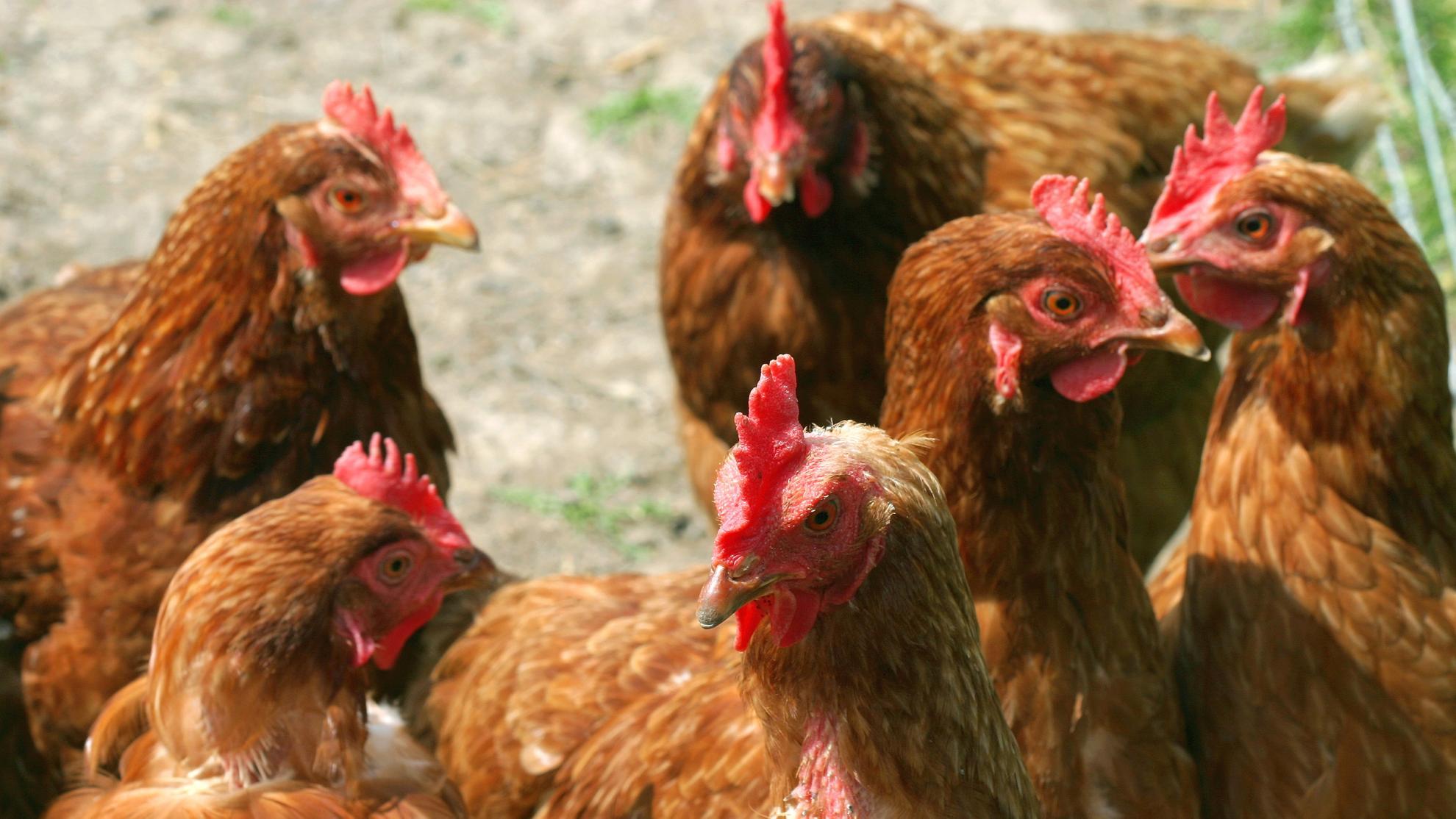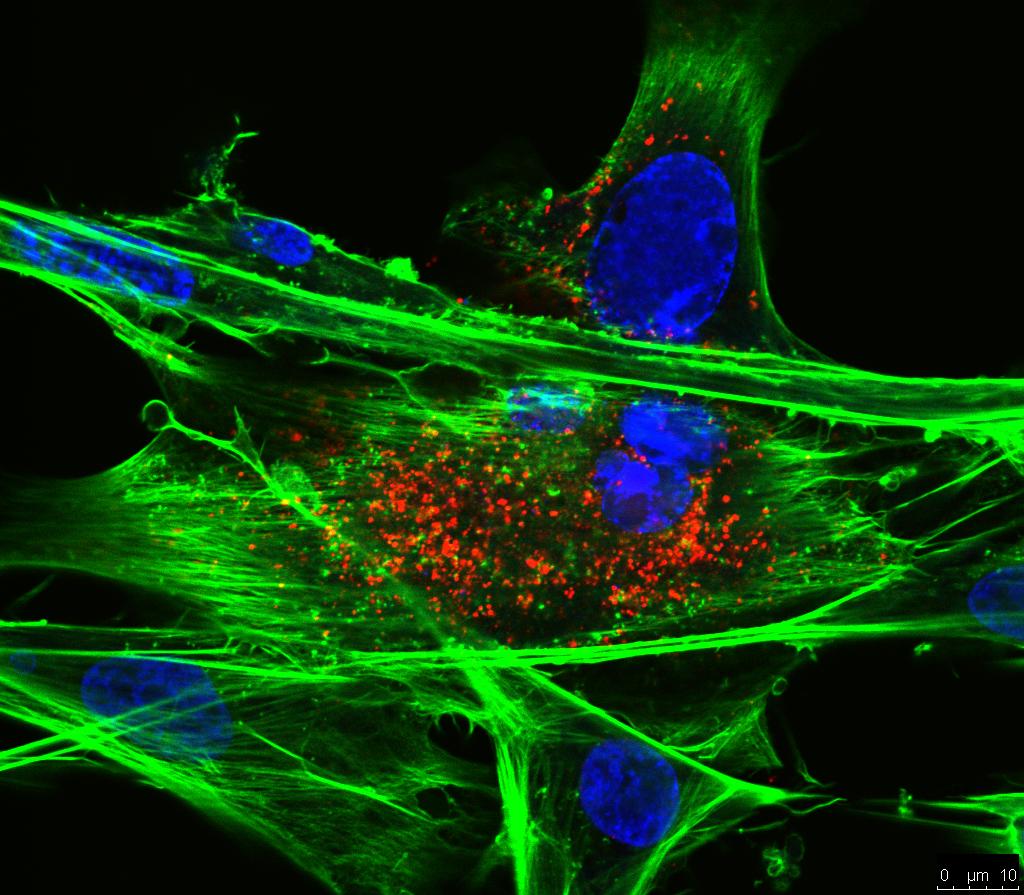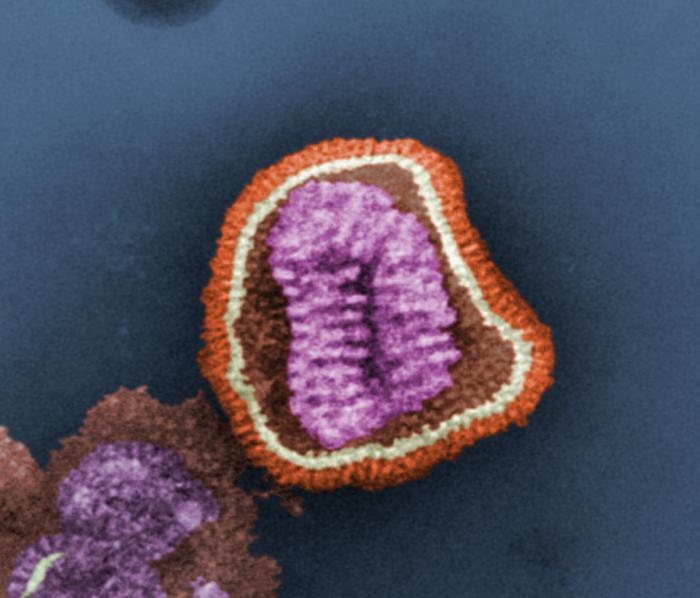Generating recombinant avian herpesvirus vectors with CRISPR/Cas9 gene editing
Herpesvirus of turkeys (HVT) is an ideal viral vector for the generation of recombinant vaccines against a number of avian diseases, such as avian influenza (AI), Newcastle disease (ND), and infectious bursal disease (IBD), using bacterial artificial chromosome (BAC) mutagenesis or conventional recombination methods. The clustered regularly interspaced palindromic repeats (CRISPR)/Cas9 system has been successfully used in many settings for gene editing, including the manipulation of several large DNA virus genomes. We have developed a rapid and efficient CRISPR/Cas9-mediated genome editing pipeline to generate recombinant HVT. To maximize the potential use of this method, we present here detailed information about the methodology of generating recombinant HVT expressing the VP2 protein of IBDV. The VP2 expression cassette is inserted into the HVT genome via an NHEJ (nonhomologous end-joining)-dependent repair pathway. A green fluorescence protein (GFP) expression cassette is first attached to the insert for easy visualization and then removed via the Cre-LoxP system. This approach offers an efficient way to introduce other viral antigens into the HVT genome for the rapid development of recombinant vaccines.


